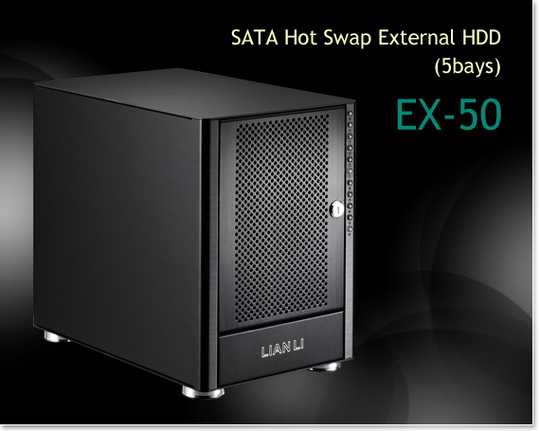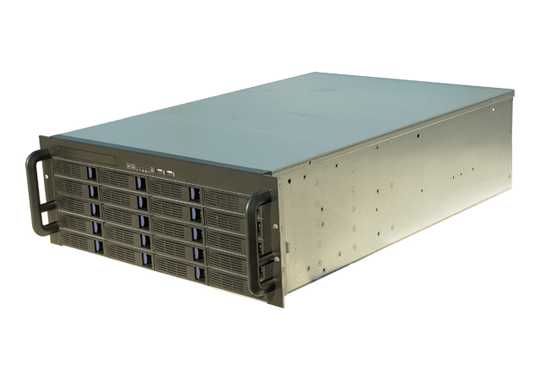21
16
I want to build a file server for my home media. The server will only be used to serve files to my Media PC. Essentially all it needs to do is be able to expose around 20TB of shared folders.
I don't really have a clue on server hardware, or even if this can be done with desktop hardware. I need some of the following considerations answered please:
What motherboards are able to hold 20 SATA connections? I've decided to go for 1TB drives. Obviously I won't be buying these upfront, but add them as my media collection grows. I've never seen a motherboard with 20 SATA connections, so I'm guessing you can get controller cards to handle more HDDs.
I've heard of something called a SAN; would it be in my best interests to try and find a cheap second hand SAN, or should I try and find a cheap second hand file server? Alternatively would it be better to try and rig a desktop to perform the task? I mainly want reliability, but price is also a governing factor.
Knowing all this there is another solution. I have an old laptop that has USB ports. I could also buy an external USB drive and then have these running all the time connected via USB to this laptop. However, I'm not wild about having 20 USB drives connected to 1 laptop (not even sure if this would work), but the power cables required to power 20 USB drives would be insane!
Any recommendations are most welcome.



1Wait, what kind of media are you keeping that is 20TB? – Josh Hunt – 2010-01-23T12:52:02.397
2@joshhunt: lots. :) – quack quixote – 2010-01-23T12:58:18.717
6When 2160p 3D movies come out, you'll be glad for the space! – Phoshi – 2010-01-23T13:17:19.810
3@phoshi: personally i'm just gonna stick with 1080p until 7560p 5D movies come out. – quack quixote – 2010-01-23T13:57:41.290
115D's just a gimmick, man, you can't even tell the difference without those stupid plasticy brain implants. – Phoshi – 2010-01-23T15:06:41.650